Whether you’re designing products, constructing buildings, or preserving historic structures, the ability to capture accurate measurements quickly and reliably can mean the difference between success and costly mistakes. This is where 3D scanning and point cloud scan technology come into play.
Once considered high-end or niche, these tools have become essential across various industries, from architecture and engineering to forensics and film production. But what exactly is 3D Scanning, what is a point cloud scan, and why are they becoming so integral to modern workflows?
What is 3D Scanning?
3D Scanning is a method of capturing the physical dimensions and spatial data of an object, surface, or environment and converting them into a digital three-dimensional model. Using laser-based or photogrammetry-based technology, a scanner collects vast amounts of spatial data—essentially, millions of precise measurements.
This scanning process results from a point cloud scan — a digital representation of many individual data points, each with its coordinates in 3D space (X, Y, Z). When viewed together, these points form a highly accurate and detailed model of the scanned subject.
What is a Point Cloud Scan?
A point cloud scan consists of a dense collection of spatial data points representing objects or environments’ external surfaces. Each point in the cloud represents a precise location in space, and the full dataset provides an accurate geometry of the scanned area.
This point cloud can then be processed using specialised software to generate meshes, CAD models, or BIM (Building Information Modelling) assets. Point cloud scans are a game-changer in industries where dimensional Accuracy is critical.
Applications of 3D Scanning and Point Cloud Technology
1. Architecture and Construction
In architecture, 3D Scanning is used to create accurate as-built documentation of existing structures. Rather than relying on outdated plans or manual measurements, architects can scan a building and receive a complete, accurate point cloud scan that can be converted into CAD or BIM files.
In construction, 3D Scanning allows for progress tracking, site verification, and clash detection. Comparing a point cloud scan of a construction site with its digital plans helps teams identify issues before they become costly delays.
2. Engineering and Manufacturing
In mechanical and product engineering, 3D Scanning is used for reverse engineering, prototyping, and quality control. When a physical part is scanned, the resulting point cloud can detect deviations from design specifications or recreate legacy components that lack digital files.

3. Heritage Preservation
Historic preservation relies heavily on point cloud scan data. Structures, statues, and artefacts can be digitally preserved with millimetre accuracy, ensuring that future generations can study or replicate them. In cases of damage or deterioration, the scan serves as a precise reference for restoration.
4. Healthcare and Prosthetics
3D Scanning has applications in medicine too. It allows for custom prosthetics, dental work, and orthotics based on highly accurate patient anatomy scans. These personalised solutions are more effective and comfortable for patients.
5. Film and Gaming
3D Scanning captures real-world objects and environments in the entertainment industry to bring realism into CGI and video games. Actors, props, and locations can be scanned to create immersive digital experiences.
Benefits of Using 3D Scanning and Point Cloud Scans
Accuracy
Point cloud scans provide millimetre-level precision, reducing human error in measurement and design.
Speed
Large areas or complex objects can be scanned in a fraction of the time it would take to measure manually.
Cost Savings
Fewer errors mean fewer reworks, which can significantly reduce overall project costs.
Versatility
Whether you’re scanning a person, a part, or an entire factory floor, 3D Scanning adapts to a variety of scales and materials.
Digital Integration
Point cloud data integrates easily with CAD, BIM, and other design tools, making it ideal for modern digital workflows.
Challenges and Considerations
While 3D scanning and point cloud scan technology offer incredible benefits, it’s essential to consider a few challenges:
- Data Size: Point clouds can be enormous, requiring significant processing power and storage.
- Software Expertise: Turning point clouds into usable 3D models requires knowledge of specialised software.
- Initial Cost: High-quality scanners and software can be expensive, but costs decrease as technology becomes more widespread.
The Future of 3D Scanning
The future of 3D Scanning is bright, with developments like real-time Scanning, AI-based analysis, and integration with AR/VR environments gaining traction. As the technology improves, the use cases for point cloud scans will only expand.
From autonomous vehicles mapping their surroundings to home renovations using AR-enhanced measurements, the fusion of real-world data with digital tools is revolutionising how we design, build, and experience the world.
3D scanning and point cloud technology represent a significant leap forward in precision, efficiency, and Versatility. Whether working on a restoration project, designing a product, or building infrastructure, this technology ensures that your digital model matches the real world — down to the finest detail.
By embracing the power of 3D Scanning, businesses and professionals can gain deeper insights, streamline processes, and deliver results with unmatched Accuracy.






























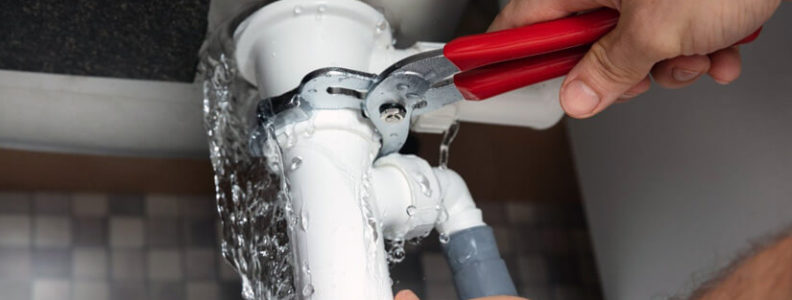


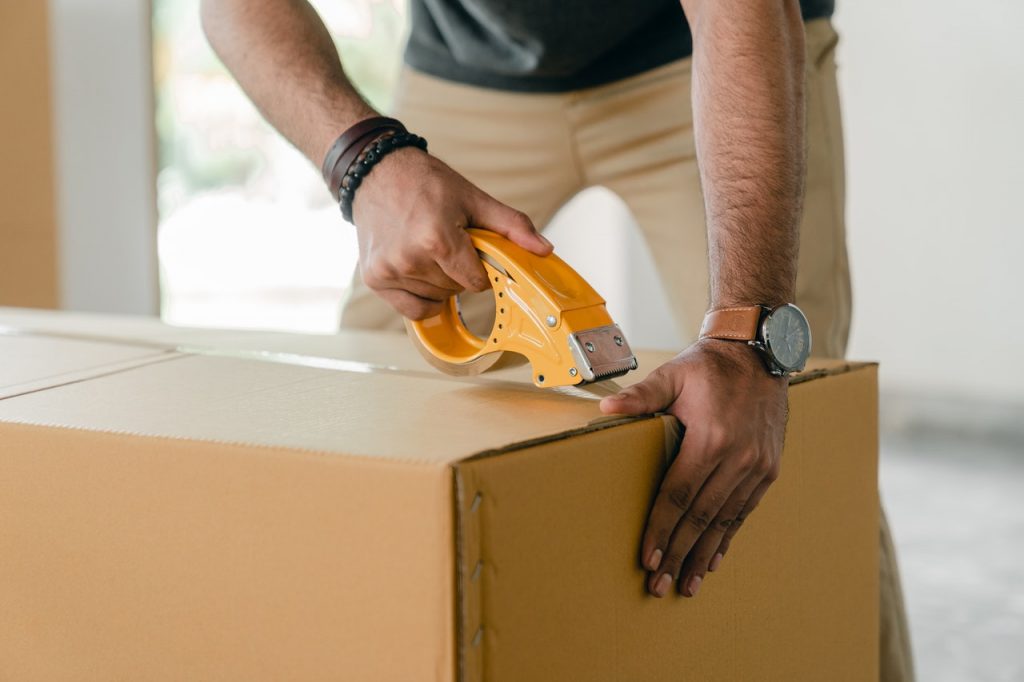

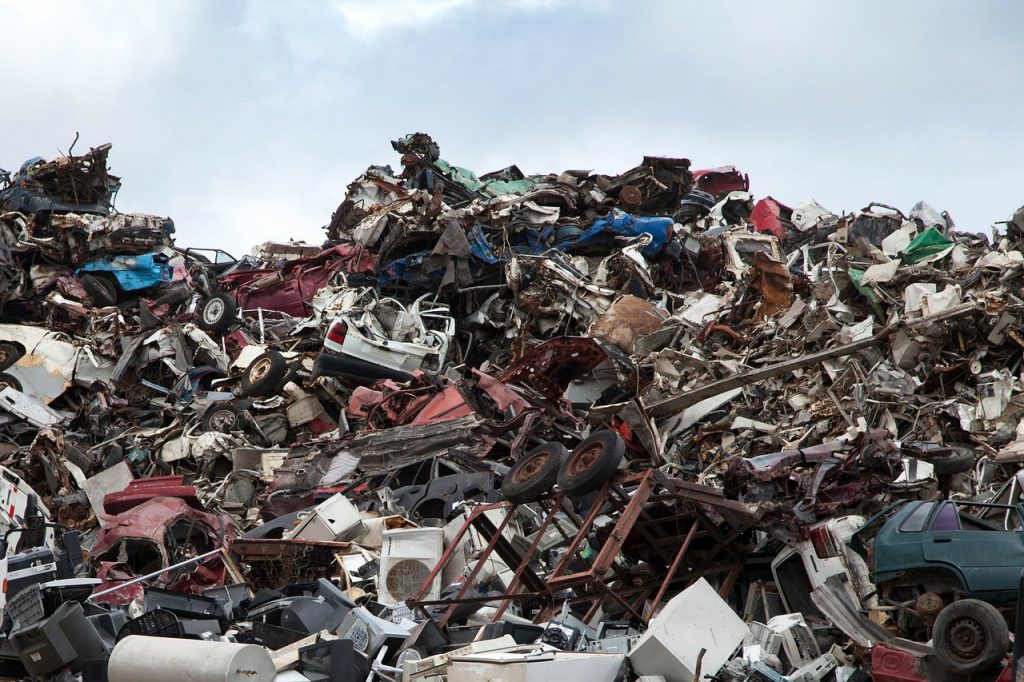














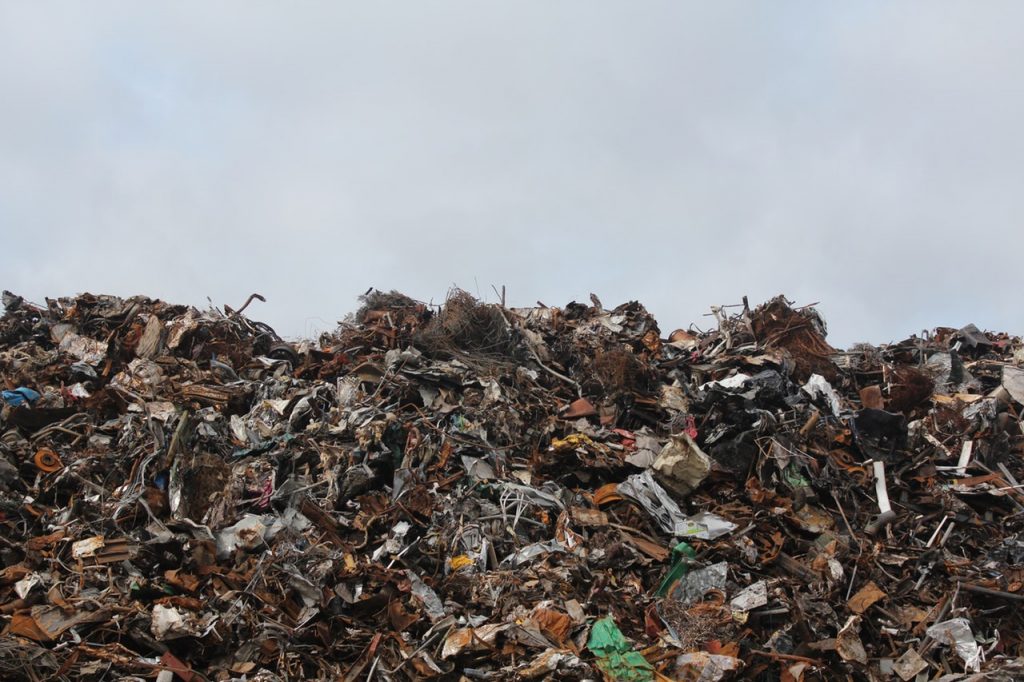

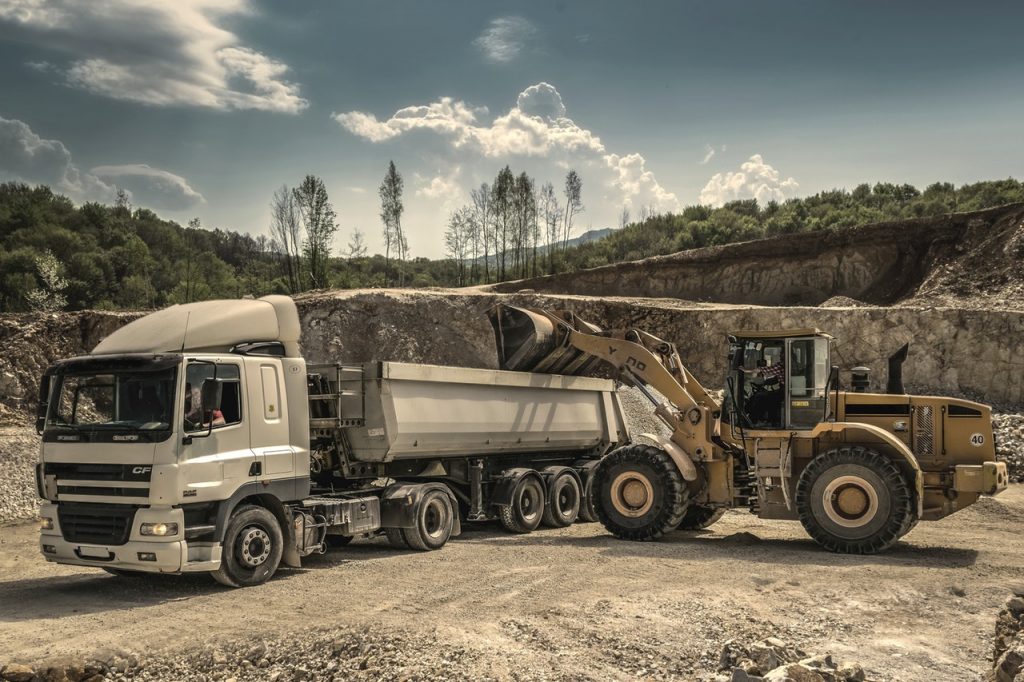

 The apparent first challenge in designing your company static is the creation of a company logo. If you do not already have one,
The apparent first challenge in designing your company static is the creation of a company logo. If you do not already have one,  Biometric clothing
Biometric clothing For much of your life you may have been told you cannot do certain activities. Knowing these risks can help you create your own decisions about what physical activities are ideal for you. Perhaps you will decide not to participate in a contact or collision sport like baseball or football since you know the probability of serious injuries to the head, neck, and spine is high–and, naturally, a neck brace (or mind bleed) would put a serious damper on your social life. If tennis is the right sport for you
For much of your life you may have been told you cannot do certain activities. Knowing these risks can help you create your own decisions about what physical activities are ideal for you. Perhaps you will decide not to participate in a contact or collision sport like baseball or football since you know the probability of serious injuries to the head, neck, and spine is high–and, naturally, a neck brace (or mind bleed) would put a serious damper on your social life. If tennis is the right sport for you  Whether you are playing organized sports, pick-up games, or nontraditional sports like dancing, you might want to bear in mind what could happen as you’re playing. The safest sporting activities have risks, including dehydration and sunburn. When playing any type of sport, it is important to drink lots of liquid, and if you are exposed to UV rays, to wear sun screen. If you avoid the
Whether you are playing organized sports, pick-up games, or nontraditional sports like dancing, you might want to bear in mind what could happen as you’re playing. The safest sporting activities have risks, including dehydration and sunburn. When playing any type of sport, it is important to drink lots of liquid, and if you are exposed to UV rays, to wear sun screen. If you avoid the  Regardless of the appeal, it is not the best of times for luxury car makers, especially if you want to
Regardless of the appeal, it is not the best of times for luxury car makers, especially if you want to  Raw performance and security aside, the subjective value of standing does add to the value of a luxury and durability of an expensive vehicle. Researchers in Consumer Reports might not place any stock in new names, but anyone concerned with ‘keeping up with the Joneses’ does.
Raw performance and security aside, the subjective value of standing does add to the value of a luxury and durability of an expensive vehicle. Researchers in Consumer Reports might not place any stock in new names, but anyone concerned with ‘keeping up with the Joneses’ does. behalf with different banks to locate the best mortgage lenders who best fit your requirements with the lowest prices. Mortgage brokers have a well-developed list of lenders that they work with, making your life easier.
behalf with different banks to locate the best mortgage lenders who best fit your requirements with the lowest prices. Mortgage brokers have a well-developed list of lenders that they work with, making your life easier. GUI Testing is essential to be certain that the displays of a product correspond to the accepted mockups and wireframes. However, this may not provide a comprehensive simulation since different browsers and operating systems can exhibit the layout otherwise. Usability testing is aimed at analyzing the product’s UX and making suggestions on the improvement of consumers’ interaction with the system. To make things work properly, you can differentiate certain groups of consumers and execute revision Testing. This helps ensure that the user experience of routine users differs from the administrator.
GUI Testing is essential to be certain that the displays of a product correspond to the accepted mockups and wireframes. However, this may not provide a comprehensive simulation since different browsers and operating systems can exhibit the layout otherwise. Usability testing is aimed at analyzing the product’s UX and making suggestions on the improvement of consumers’ interaction with the system. To make things work properly, you can differentiate certain groups of consumers and execute revision Testing. This helps ensure that the user experience of routine users differs from the administrator.  And it is not only the amount Australians are spending on alcohol annually, but also the cost to their health long term, as Australians will potentially wind up paying for this risky lifestyle later in life, through health care and much more expensive life insurance premiums as Aussies beverage 96 million litres of spirits yearly, the analysis revealed. Australians consume around 1650 calories from Alcoholic drinks weekly, and alcohol intake cost between $1300 and $4700 annually. Western Australians are the biggest drinkers normally, another study of information from Torrens University, that research found individuals aged 15 years and over consumed over two standard alcoholic drinks each day typically.
And it is not only the amount Australians are spending on alcohol annually, but also the cost to their health long term, as Australians will potentially wind up paying for this risky lifestyle later in life, through health care and much more expensive life insurance premiums as Aussies beverage 96 million litres of spirits yearly, the analysis revealed. Australians consume around 1650 calories from Alcoholic drinks weekly, and alcohol intake cost between $1300 and $4700 annually. Western Australians are the biggest drinkers normally, another study of information from Torrens University, that research found individuals aged 15 years and over consumed over two standard alcoholic drinks each day typically. Whatever the reason, the quantity of food dollars spent on restaurants and take-away has steadily improved through time, from 34 percent in 1974 to 50 percent in 2014. That is a good deal of grub on the go. Being a foodie is not a crime, but a lot of millennials say they wind up spending more on programs like Grubhub or Seamless, because of delivery surcharges and minimums. Similarly, thanks to ease of those services, they quickly rack up charges with the click of a button, not realizing just how much they are forking over. Managing editor of The Financial Diet Holly Trantham remembers spending nearly $300 on Seamless alone in her first month in NYC, admitting it was “half novelty and half advantage.”
Whatever the reason, the quantity of food dollars spent on restaurants and take-away has steadily improved through time, from 34 percent in 1974 to 50 percent in 2014. That is a good deal of grub on the go. Being a foodie is not a crime, but a lot of millennials say they wind up spending more on programs like Grubhub or Seamless, because of delivery surcharges and minimums. Similarly, thanks to ease of those services, they quickly rack up charges with the click of a button, not realizing just how much they are forking over. Managing editor of The Financial Diet Holly Trantham remembers spending nearly $300 on Seamless alone in her first month in NYC, admitting it was “half novelty and half advantage.” purpose built mobile websites
purpose built mobile websites An Aldermore spokesperson also mentioned that to be able to make sure that they are best fulfilling the demands of their agents today, and later on, they regularly engage together and take their opinions on board to make sure that they’re providing a competitive service
An Aldermore spokesperson also mentioned that to be able to make sure that they are best fulfilling the demands of their agents today, and later on, they regularly engage together and take their opinions on board to make sure that they’re providing a competitive service 

 Climate-change rejection seems on the verge of becoming major U.S. policy. But all expect that decreasing our carbon footprint is not lost. Case in point is the pending Timber Innovation Act, among the uncommon environment-friendly pieces of legislation that delights in bipartisan assistance. The expense (H.R. 1380, S. 538) looks to develop a market for so-called mass wood structures and timber products more than 85 feet high that are constructed from panelized wood building and construction items such as cross-laminated wood (CLT) and glued-laminated lumber (glulam).
Climate-change rejection seems on the verge of becoming major U.S. policy. But all expect that decreasing our carbon footprint is not lost. Case in point is the pending Timber Innovation Act, among the uncommon environment-friendly pieces of legislation that delights in bipartisan assistance. The expense (H.R. 1380, S. 538) looks to develop a market for so-called mass wood structures and timber products more than 85 feet high that are constructed from panelized wood building and construction items such as cross-laminated wood (CLT) and glued-laminated lumber (glulam).

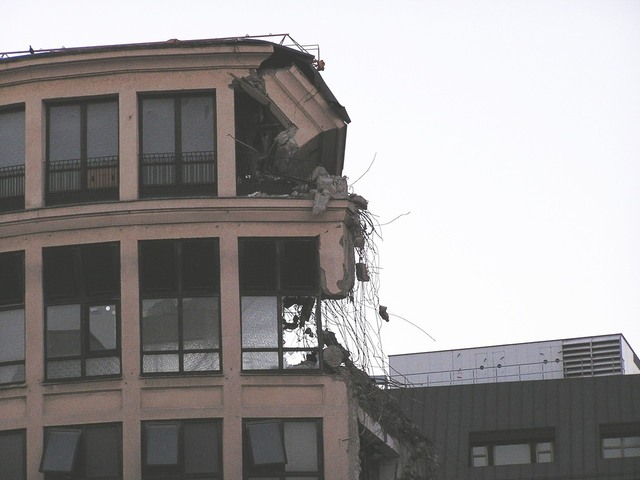
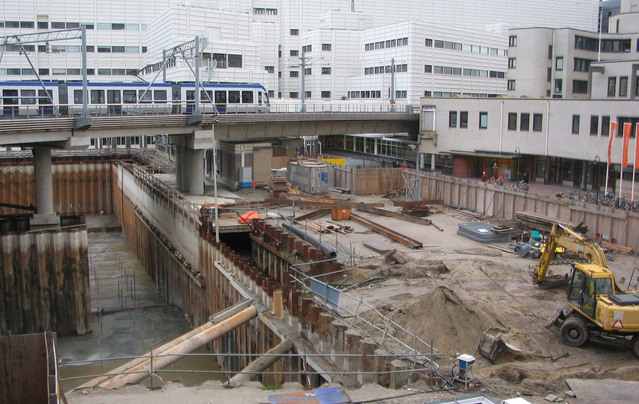 Nevertheless, based upon an in-depth analysis of existing federal government costs programs, BIS is anticipating public sector-funded engineering construction to rise to a peak of more than $35 billion by 2018/19, nearly 30 percent above its 2015/16 level. This offsets even more falls anticipated in privately-funded engineering building and construction – especially in the project and quality management system of the LNG-heavy oil and gas section – keeping overall engineering building and construction activity in the $75-80 billion per year range.
Nevertheless, based upon an in-depth analysis of existing federal government costs programs, BIS is anticipating public sector-funded engineering construction to rise to a peak of more than $35 billion by 2018/19, nearly 30 percent above its 2015/16 level. This offsets even more falls anticipated in privately-funded engineering building and construction – especially in the project and quality management system of the LNG-heavy oil and gas section – keeping overall engineering building and construction activity in the $75-80 billion per year range. An online newspaper that is also called a web newspaper is a daily newspaper which is published and read over the Internet. Such a daily can be an individual online publication or the web-version of a printed daily.
An online newspaper that is also called a web newspaper is a daily newspaper which is published and read over the Internet. Such a daily can be an individual online publication or the web-version of a printed daily. les published in the weekends in various newspapers of UK. The Southport Reporter is also an example of online newspaper in the UK.
les published in the weekends in various newspapers of UK. The Southport Reporter is also an example of online newspaper in the UK.